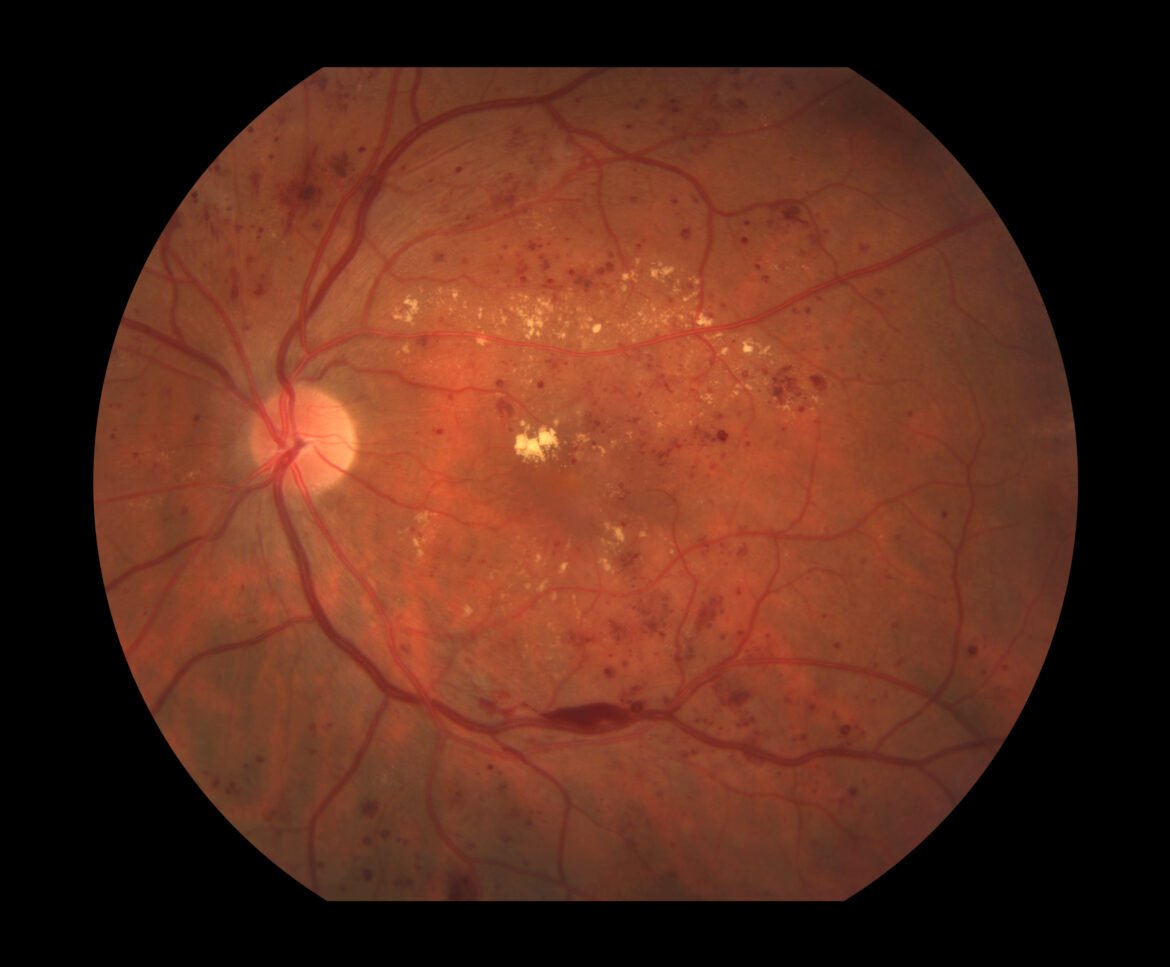People with chronic diabetes often suffer from progressive eye disorder of diabetic retinopathy, due to damaged blood vessels. According to eye specialists like Dr. Naeem Ullah, this disorder may be asymptomatic in the beginning, but can end up causing complete vision loss without treatment. Read on to know more about diabetic retinopathy:
What is diabetic retinopathy?
Diabetic retinopathy is an eye condition due to weakening of the blood vessels, causing leakage of fluid, or blood from the vessels damaged by hyperglycemia or hypertension. These vessels supply blood to the light sensitive tissue of the eye—called retina, and without treatment, can result in low vision or complete blindness.
What are the stages of diabetic retinopathy?
The stages of diabetic retinopathy are divided into:
- Mild non-proliferative retinopathy: in this earliest stage of diabetic retinopathy, there is small swelling of the retinal blood vessels, called microaneurysms. With the passage of time, fluid leaks from these dilations into the retina.
- Moderate non-proliferative retinopathy: with progression of diabetic retinopathy, there is change in the shape of the retinal blood vessels and sometimes this change impedes blood flow to the retina. Consequently, there is swelling in the macular region of the retina called diabetic macular edema.
- Severe non-proliferative retinopathy: with the advent of the third stage, there is blockage in the retinal blood vessels. Once this happens, there are growth factors released from the retinal blood vessels to trigger the growth of new blood vessels.
- Proliferative diabetic retinopathy (PDR): in this most advanced stage, there is formation of new blood vessels around the retina and vitreous humor. These new vessels are leaky and can trigger scar formation in the retina.
How is diabetic retinopathy treated?
The treatment of diabetic retinopathy includes:
- Anti-VEGF injections: medication that blocks the formation of new blood vessels (anti-VEGF) can be given to prevent progression of diabetic retinopathy. This can lower the buildup of fluid in the retina.
- Corticosteroids: implantation or injection of corticosteroids in the eyes can decrease swelling and leaking of fluid from the blood vessels. If corticosteroids are given, your healthcare provider will monitor the intraocular pressure in the eye for signs of glaucoma.
- Focal/grid macular laser: tiny burns are made on the leaky blood vessels of the macula with this type of laser. This treatment modality is followed up with anti-VEGF medication.
- Scatter laser: this treatment modality is reserved for people with complication of diabetic retinopathy called retinal detachment. Scatter laser shrinks the abnormal blood vessels and helps to save vision.
- Vitrectomy: this surgery removes the leaked blood vessels to improve vision.
Who is at the risk of diabetic retinopathy?
The risk of diabetic retinopathy increases in people with:
- Uncontrolled blood glucose for a long period of time
- Persistently elevated blood pressure
- Pregnant women
- Diabetes for a long time
- Persistently uncontrolled blood cholesterol levels
How can you prevent vision loss due to diabetic retinopathy?
Without treatment diabetic retinopathy can eventually turn into complete visual loss. This can be prevented through measures like:
- Treating the persistently high blood pressure: If you are someone with chronic hypertension, talk to your healthcare provider about better blood pressure control through change in medication or diet.
- Treating the persistently high blood glucose: with very high blood glucose, as seen with uncontrolled diabetes, there is structural damage to the eyes. Thus, for diabetics, good glycemic control is mandated through the use of oral hypoglycemics, as well as, insulin injections. Talk to your healthcare provider about better glycemic control.
- Regular eye checkups: many eye problems can be averted if diagnosed timely. With annual checkups and eye exams, there can be early detection of retinopathies, and thus, treatment can be started early. In the long run, this can help to preserve the vision.
Reporting the change in vision to your eye doctor: if there are sudden changes in the vision, once you are diagnosed with diabetic retinopathy, then you should seek immediate medical help from your Eye Specialist in Lahore.
